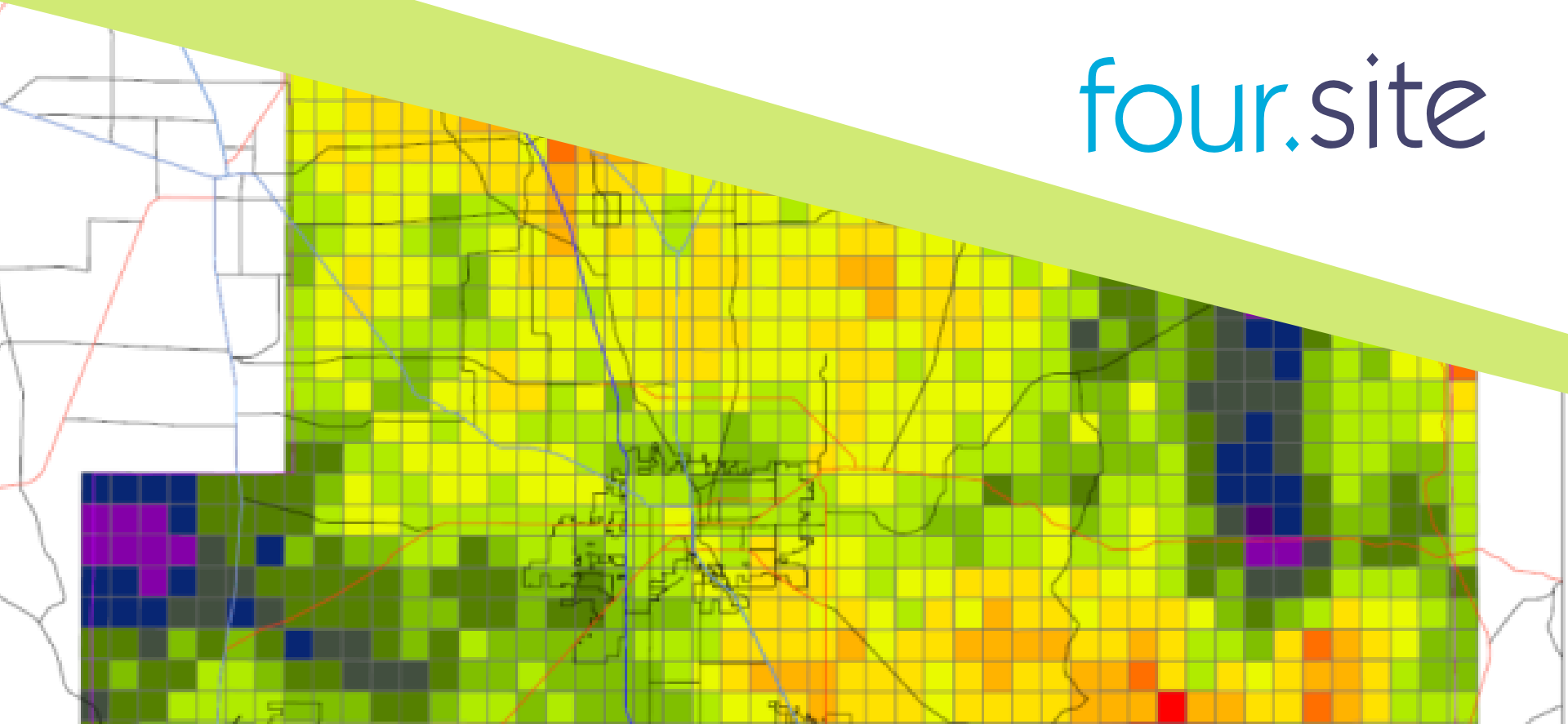Understanding Flood Alerts: A Comprehensive Guide

Table of Contents
Types of Flood Alerts and Warnings
Understanding the different types of flood alerts is the first step in effective flood safety. These alerts indicate varying levels of risk and require different responses.
Flood Watches
A flood watch signifies that conditions are favorable for flooding to develop. This isn't an immediate threat, but it's a strong indication that flooding could occur. Conditions that often trigger a flood watch include:
- Heavy and prolonged rainfall: Several inches of rain in a short period, particularly over saturated ground.
- Rapid snowmelt: A sudden and significant rise in temperature causing rapid melting of snowpack.
- Dam or levee failures: Structural failures can lead to sudden and catastrophic flooding downstream. For example, the failure of the Johnstown Dam in 1889 resulted in a devastating flood.
During a flood watch, it's crucial to monitor weather reports closely, prepare your emergency kit, and identify potential evacuation routes. Don't wait for a warning – be proactive!
Flood Advisories
A flood advisory indicates that flooding is occurring or is imminent in a specific area. While less urgent than a warning, it still requires attention. Expect:
- Minor flooding in low-lying areas.
- Potential road closures and disruptions to transportation.
- Localized flooding impacting some properties.
Stay informed and continue monitoring conditions closely during a flood advisory. Be prepared to take action if the situation worsens.
Flood Warnings
A flood warning means flooding is happening or is expected to begin very soon. This is a serious situation posing a significant threat to life and property. Characteristics of a flood warning include:
- Rapidly rising water levels.
- Immediate danger to life and property.
- Potential for evacuations.
Immediate action is necessary during a flood warning. Follow instructions from local authorities and evacuate if instructed to do so.
Emergency Alerts
Emergency alerts signal severe flooding with significant danger to life. Immediate action is absolutely critical. These alerts often utilize various systems:
- Wireless Emergency Alerts (WEA): Sent directly to cell phones.
- Local news broadcasts: Television and radio stations provide critical updates.
- National Weather Service (NWS) website and app: Provides real-time information and forecasts.
Emergency alerts may include mandatory evacuation orders. Follow all instructions from emergency services and seek higher ground or designated shelters immediately.
How to Receive Flood Alerts
Staying informed is paramount. Several methods ensure you receive timely flood alerts:
Signing up for Alert Systems
Several options exist to receive timely alerts:
- Government websites: Register with your local or national emergency management agency.
- Weather apps: Download reputable weather apps like AccuWeather or The Weather Channel.
- Local emergency management agencies: Many offer email and text alert systems.
Provide accurate contact information to guarantee you receive critical updates promptly.
Monitoring Weather Reports
Regularly check weather reports for updates:
- National Weather Service forecasts: Provides detailed forecasts and warnings.
- Local news broadcasts: Offer localized updates and safety information.
- Weather radar monitoring: Track storm movement and intensity.
Learn to interpret weather maps and forecasts to better understand the potential for flooding in your area.
Actions to Take During a Flood Alert
Preparation and response are critical for surviving and mitigating the effects of a flood.
Preparing for a Flood
Proactive preparation is key:
- Create a family emergency plan: Include evacuation routes, meeting points, and contact information.
- Assemble an emergency kit: Include water, non-perishable food, first-aid supplies, medications, flashlights, and blankets.
- Identify safe evacuation routes: Know multiple routes to higher ground.
- Secure valuables and important documents: Move these to higher locations or consider storing them off-site.
Responding to Different Alert Levels
Your response depends on the alert level:
- Flood Watch: Monitor conditions closely, prepare your emergency kit, and identify evacuation routes.
- Flood Advisory: Stay informed, monitor conditions, and be prepared to move valuables to higher ground.
- Flood Warning: Evacuate if instructed to do so. Move to higher ground or a designated shelter.
- Emergency Alert: Evacuate immediately, follow instructions from emergency services, and seek shelter.
Post-Flood Actions
After the floodwaters recede:
- Check for structural damage: Assess your property for damage and contact professionals as needed.
- Avoid floodwaters: Floodwaters may be contaminated and dangerous.
- Contact your insurance company: Report damage and begin the claims process.
- Seek assistance: Contact local authorities or relief organizations for help.
Conclusion
Understanding flood alerts is paramount for personal safety and property protection. By understanding the different types of alerts, registering for alert systems, and preparing accordingly, you can significantly mitigate the risks associated with flooding. Stay informed, stay prepared, and stay safe by proactively monitoring flood alerts and taking appropriate action. Don't wait for a flood warning; prepare for flood alerts today and safeguard your future!

Featured Posts
-
 Paris Roubaix Bottle Thrower Targets Mathieu Van Der Poel Faces Legal Consequences
May 26, 2025
Paris Roubaix Bottle Thrower Targets Mathieu Van Der Poel Faces Legal Consequences
May 26, 2025 -
 Garyachi Foto Naomi Kempbell Z Nagodi Yiyi 55 Richchya
May 26, 2025
Garyachi Foto Naomi Kempbell Z Nagodi Yiyi 55 Richchya
May 26, 2025 -
 Saksikan Aksi Sengit Jadwal Moto Gp Argentina 2025 Sprint Race Minggu Subuh
May 26, 2025
Saksikan Aksi Sengit Jadwal Moto Gp Argentina 2025 Sprint Race Minggu Subuh
May 26, 2025 -
 Murder Case Georgia Husband Faces Charges 19 Years After Wifes Killing And Disappearance With Nanny
May 26, 2025
Murder Case Georgia Husband Faces Charges 19 Years After Wifes Killing And Disappearance With Nanny
May 26, 2025 -
 Investigation Launched After Myrtle Beach Officer Involved Shooting Results In One Death Eleven Injuries
May 26, 2025
Investigation Launched After Myrtle Beach Officer Involved Shooting Results In One Death Eleven Injuries
May 26, 2025
Latest Posts
-
 Dmps Cell Phone Policy District Wide Changes For Next School Year
May 30, 2025
Dmps Cell Phone Policy District Wide Changes For Next School Year
May 30, 2025 -
 Des Moines Police Probe Crash Involving Vehicle On Side
May 30, 2025
Des Moines Police Probe Crash Involving Vehicle On Side
May 30, 2025 -
 Iowa Enacts Legislation Limiting Cell Phone Use On School Grounds
May 30, 2025
Iowa Enacts Legislation Limiting Cell Phone Use On School Grounds
May 30, 2025 -
 Investigation Underway Des Moines Crash Leaves Car On Its Side
May 30, 2025
Investigation Underway Des Moines Crash Leaves Car On Its Side
May 30, 2025 -
 Understanding Iowas Recent Cell Phone Ban In Schools
May 30, 2025
Understanding Iowas Recent Cell Phone Ban In Schools
May 30, 2025
